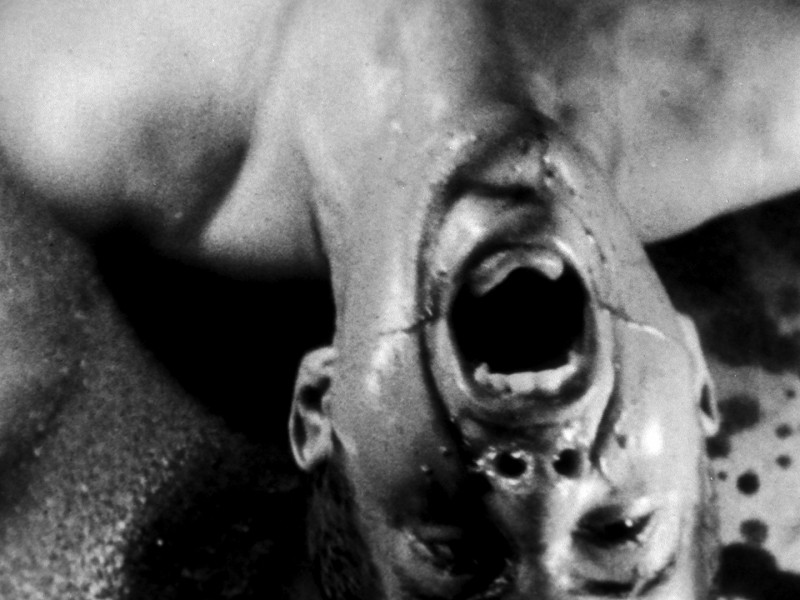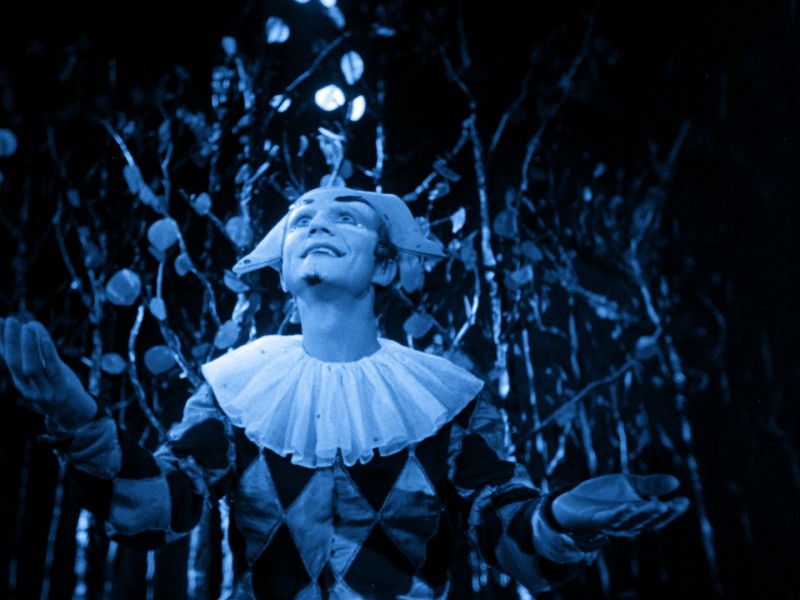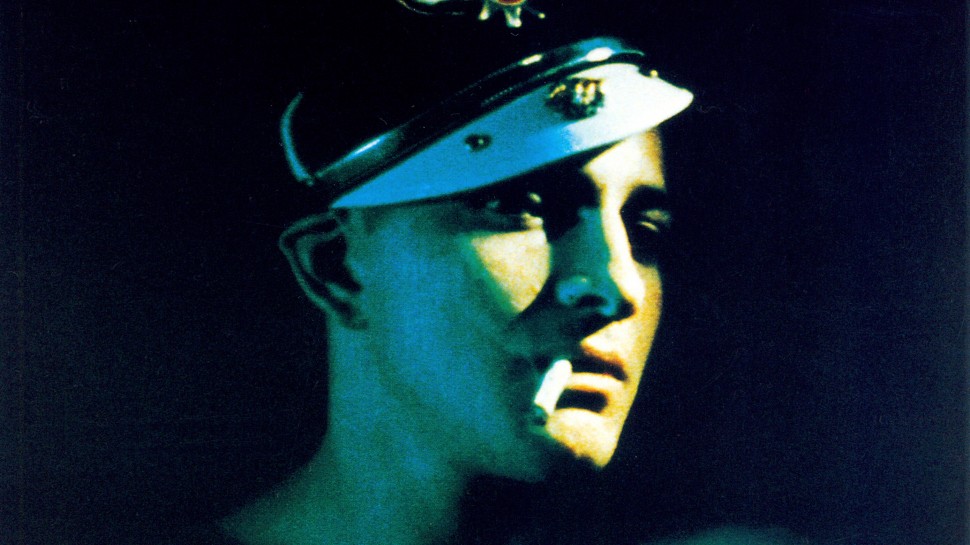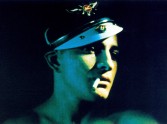


Kenneth Anger's Magick Lantern Cycle
Few artists today have achieved the legendary status, notorious celebrity and sublime mastery of the cinema as Kenneth Anger (b.1927), one of the greatest virtuoso filmmakers to emerge from the postwar American experimental film movement. Fueled by Anger’s polymath imagination, his visually dazzling films draw from an incredible range of sources – classical Hollywood, Méliès, Coleridge, Aleister Crowley – to create an intoxicating world entirely of their own, a shimmering, dangerous realm ruled by cruel and beautiful demons, goddesses, harlequins and princes. The hypnotic power and intensity of Anger’s films is simply astonishing, with his inspired use of color, superimposition and exquisite framing rendering each frame a breathtaking work of art. Of equal importance is Anger’s inventive use of popular, classical and composed music to add ironic counterpoint and swelling operatic drama to the fables and rituals enacted within his films.
Born in Santa Monica, California in the twilight of the silent cinema, Anger quickly discovered the deep fascination for the Hollywood Dream Factory that would echo across his career, giving way both to Puce Moment’s loving tribute to movie star glamour and the wicked satire of his enormously influential bible of Tinseltown scandal, Hollywood Babylon. Anger’s undisputed genius as an inventor of new cinematic forms and genres revealed itself early, with the debut of his first widely seen film Fireworks, made when Anger was only sixteen and selected by Jean Cocteau for his legendary Festival du Film Maudit in 1949. One of the strongest contributions to the cycle of trance films inaugurated by Maya Deren, Fireworks is a feverish and disarmingly boyish study of male desire that revealed the rich dream logic and puckish charm that would remain a quintessence of Anger’s films. In the 1950s Anger found himself in Paris, where he lived for almost a decade, unleashing his passion for silent cinema through an unofficial apprenticeship to Cinematheque Française Director Henri Langlois and through his exquisite Méliès -inspired film poem, Rabbit’s Moon.
Undaunted by his constant struggle to secure support for his increasingly ambitious projects, Anger brilliantly reworked his finished films, condensing and intensifying their imagery and structure in a process that culminated in the third “Sacred Mushroom” version of his then longest work, Inauguration of the Pleasure Dome, now expanded by ecstatic superimpositions that brilliantly reinvent the film, frame by frame. Over time Anger subtly reworked his films into the sequence that he would later name his Magick Lantern Cycle, using the preferred spelling of his spiritual mentor Aleister Crowley, and placing at its center his most celebrated work, Scorpio Rising, both a brilliant documentary of a Hell’s Angels motorcycle gang and a profound meditation on the dark intermingling of fascism, religion and popular culture. Anger’s subsequent films pushed the ritualistic aspects of his cinema to a further extreme following his increased engagement with Satanist practices and a group of practitioners that included Bobby Beausoleil, a member of the Manson Family who appeared prominently in Anger’s Evocation of My Demon Brother shortly before being sentenced to life imprisonment for murder – he later composed the haunting score for Lucifer Rising from his prison cell. Anger’s recent embrace of video shows his vision and creative skills to be undiminished as he uses elaborate, musical montage to fashion lyrical visions from the treasure trove of 20th century history and popular culture.
The Harvard Film Archive is deeply honored to welcome Kenneth Anger for a celebration of his visionary films and career.





